The South America East Territory is comprised of Argentina, Paraguay and Uruguay. The Salvation Army first began its work there over 120 years ago in Buenos Aires, Argentina. South America East is a diverse territory with a combined population of over 50 million people. There is a great divide between the rich and poor. Poverty is endemic and many families live in slums. Drugs such as paco (a cheap by-product of cocaine processing) are rampant among youth and are ravishing many poor communities. Much of the territory has experienced years of hyperinflation, which has negatively impacted the Army's financial stability and the lives of its people. In addition to its corps, the territory offers a variety of services, such as men's and women's shelters, outreach programs for children and thrift stores.
The following photo essay is a glimpse inside the Army's ministry in the South America East Territory.
 Shanty town communities spring up outside large cities in South America. Houses are built from abandoned construction supplies and materials found in scrap piles. As in many parts of the world, shanty dwellers take the risk that they will be asked to leave the land. The Salvation Army maintains a visible presence in the slum areas of Buenos Aires, Argentina.
Shanty town communities spring up outside large cities in South America. Houses are built from abandoned construction supplies and materials found in scrap piles. As in many parts of the world, shanty dwellers take the risk that they will be asked to leave the land. The Salvation Army maintains a visible presence in the slum areas of Buenos Aires, Argentina.

 The Evangalina Green Space program exists to educate and keep children away from drugs. It provides children and youth from poor communities the opportunity to participate in sports, crafts and receive anti-drug teaching that involves the whole family.
The Evangalina Green Space program exists to educate and keep children away from drugs. It provides children and youth from poor communities the opportunity to participate in sports, crafts and receive anti-drug teaching that involves the whole family.
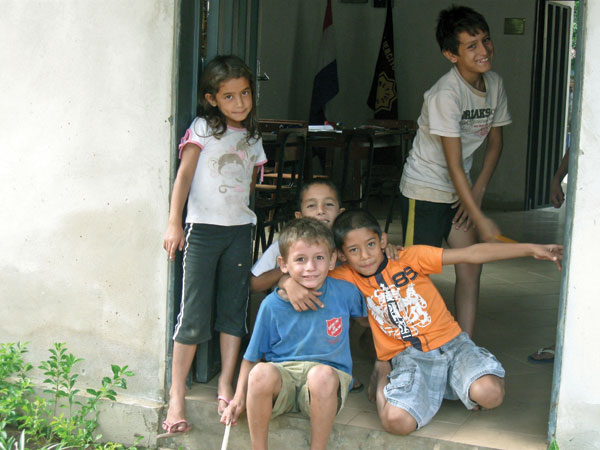
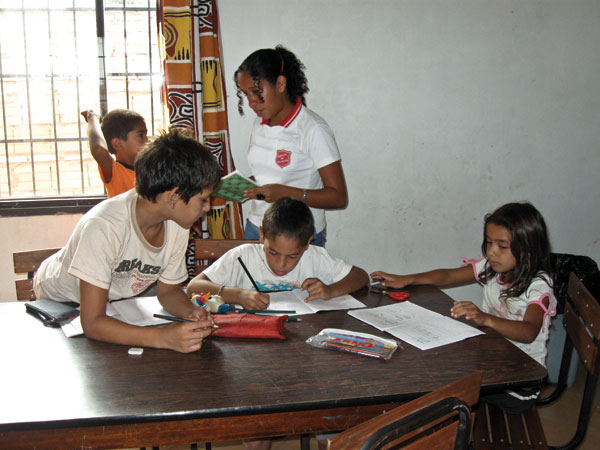 Rayito de Luz is a school support program located in an area known as the “Red Zone,” a neighbourhood full of gang activity. Rayito means “light beam,” signifying that the Army is providing light in a “dark” community. A daytime program runs for Grades 1 to 6, with more than 50 children receiving support. Approximately 30 children in Grades 7 to 9 attend the evening session. The children come from families caught in a cycle of poverty, violence and drugs. The Salvation Army charges $1.20/month per family to attend.
Rayito de Luz is a school support program located in an area known as the “Red Zone,” a neighbourhood full of gang activity. Rayito means “light beam,” signifying that the Army is providing light in a “dark” community. A daytime program runs for Grades 1 to 6, with more than 50 children receiving support. Approximately 30 children in Grades 7 to 9 attend the evening session. The children come from families caught in a cycle of poverty, violence and drugs. The Salvation Army charges $1.20/month per family to attend.
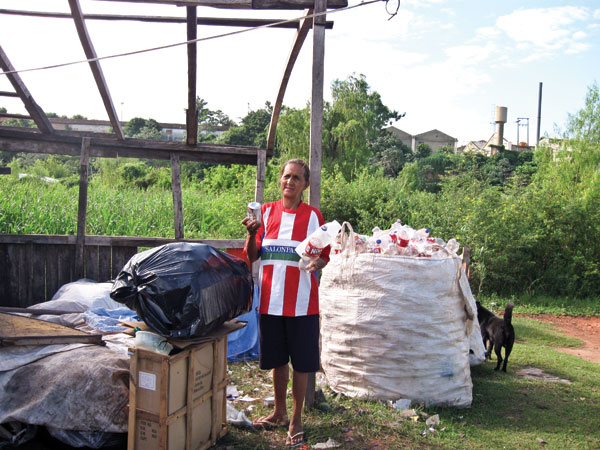
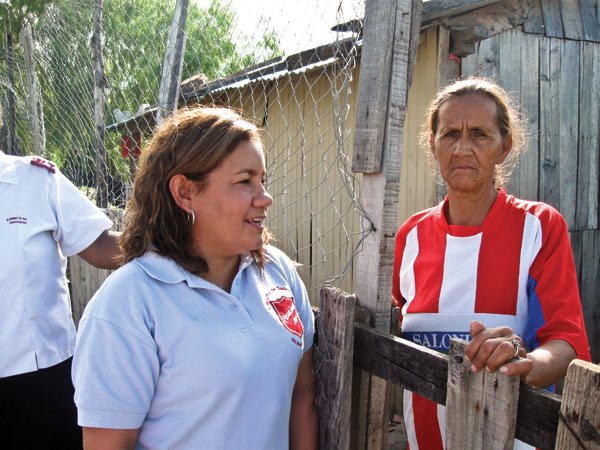 Elvia, a 60-year-old widowed grandmother, is visited by The Salvation Army. She earns money as a recycler, spending four to six hours a day pushing a cart through city streets gathering plastics and paper. She separates these at home and sorts them into large bags to sell to buyers. Paid according to the weight of the materials, she receives about $8 for one large bag (as pictured), which represents 15 days of work.
Elvia, a 60-year-old widowed grandmother, is visited by The Salvation Army. She earns money as a recycler, spending four to six hours a day pushing a cart through city streets gathering plastics and paper. She separates these at home and sorts them into large bags to sell to buyers. Paid according to the weight of the materials, she receives about $8 for one large bag (as pictured), which represents 15 days of work.

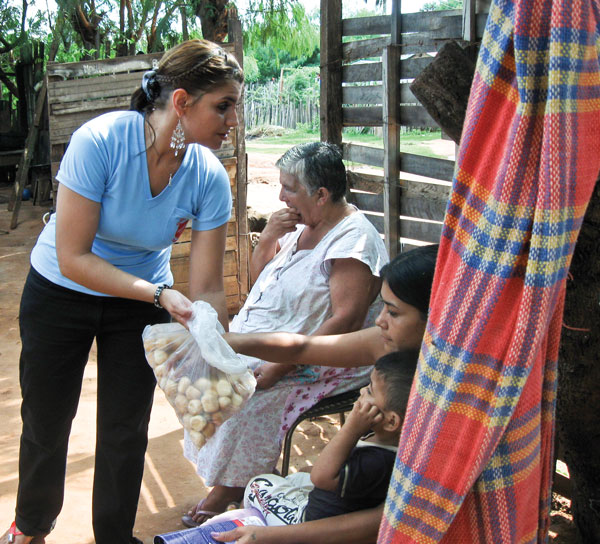 In some areas of the territory, such as Asuncion, Paraguay, the Army operates health centres and medical clinics that visit local communities to teach about health issues.
In some areas of the territory, such as Asuncion, Paraguay, the Army operates health centres and medical clinics that visit local communities to teach about health issues.

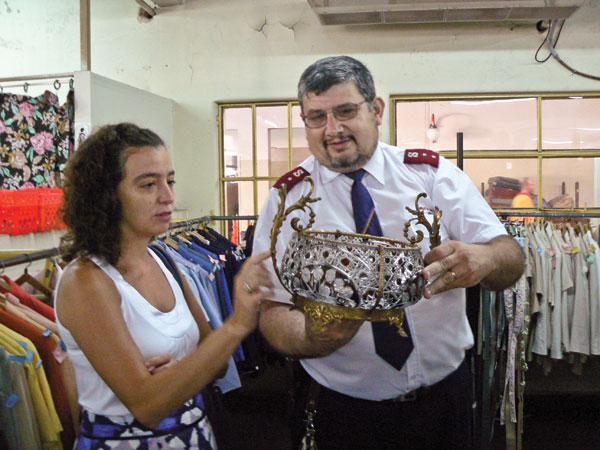 While a relatively new concept in the South America East Territory, Salvation Army thrift stores enable people in the community to purchase used goods at reasonable prices and are a great form of recycling. The thrift stores are making the Army more visible and helping to contribute to the cost of its other programs.
While a relatively new concept in the South America East Territory, Salvation Army thrift stores enable people in the community to purchase used goods at reasonable prices and are a great form of recycling. The thrift stores are making the Army more visible and helping to contribute to the cost of its other programs.
 South America East has 42 corps and 13 outposts that serve in three countries. The officers' training college is located in Buenos Aires.
South America East has 42 corps and 13 outposts that serve in three countries. The officers' training college is located in Buenos Aires.
Visit Salvationist.ca/pim to view photos and video from South America East. Additional Partners in Mission resources are also available online.
The following photo essay is a glimpse inside the Army's ministry in the South America East Territory.
 Shanty town communities spring up outside large cities in South America. Houses are built from abandoned construction supplies and materials found in scrap piles. As in many parts of the world, shanty dwellers take the risk that they will be asked to leave the land. The Salvation Army maintains a visible presence in the slum areas of Buenos Aires, Argentina.
Shanty town communities spring up outside large cities in South America. Houses are built from abandoned construction supplies and materials found in scrap piles. As in many parts of the world, shanty dwellers take the risk that they will be asked to leave the land. The Salvation Army maintains a visible presence in the slum areas of Buenos Aires, Argentina.

 The Evangalina Green Space program exists to educate and keep children away from drugs. It provides children and youth from poor communities the opportunity to participate in sports, crafts and receive anti-drug teaching that involves the whole family.
The Evangalina Green Space program exists to educate and keep children away from drugs. It provides children and youth from poor communities the opportunity to participate in sports, crafts and receive anti-drug teaching that involves the whole family.

 Rayito de Luz is a school support program located in an area known as the “Red Zone,” a neighbourhood full of gang activity. Rayito means “light beam,” signifying that the Army is providing light in a “dark” community. A daytime program runs for Grades 1 to 6, with more than 50 children receiving support. Approximately 30 children in Grades 7 to 9 attend the evening session. The children come from families caught in a cycle of poverty, violence and drugs. The Salvation Army charges $1.20/month per family to attend.
Rayito de Luz is a school support program located in an area known as the “Red Zone,” a neighbourhood full of gang activity. Rayito means “light beam,” signifying that the Army is providing light in a “dark” community. A daytime program runs for Grades 1 to 6, with more than 50 children receiving support. Approximately 30 children in Grades 7 to 9 attend the evening session. The children come from families caught in a cycle of poverty, violence and drugs. The Salvation Army charges $1.20/month per family to attend.

 Elvia, a 60-year-old widowed grandmother, is visited by The Salvation Army. She earns money as a recycler, spending four to six hours a day pushing a cart through city streets gathering plastics and paper. She separates these at home and sorts them into large bags to sell to buyers. Paid according to the weight of the materials, she receives about $8 for one large bag (as pictured), which represents 15 days of work.
Elvia, a 60-year-old widowed grandmother, is visited by The Salvation Army. She earns money as a recycler, spending four to six hours a day pushing a cart through city streets gathering plastics and paper. She separates these at home and sorts them into large bags to sell to buyers. Paid according to the weight of the materials, she receives about $8 for one large bag (as pictured), which represents 15 days of work.

 In some areas of the territory, such as Asuncion, Paraguay, the Army operates health centres and medical clinics that visit local communities to teach about health issues.
In some areas of the territory, such as Asuncion, Paraguay, the Army operates health centres and medical clinics that visit local communities to teach about health issues.

 While a relatively new concept in the South America East Territory, Salvation Army thrift stores enable people in the community to purchase used goods at reasonable prices and are a great form of recycling. The thrift stores are making the Army more visible and helping to contribute to the cost of its other programs.
While a relatively new concept in the South America East Territory, Salvation Army thrift stores enable people in the community to purchase used goods at reasonable prices and are a great form of recycling. The thrift stores are making the Army more visible and helping to contribute to the cost of its other programs.
 South America East has 42 corps and 13 outposts that serve in three countries. The officers' training college is located in Buenos Aires.
South America East has 42 corps and 13 outposts that serve in three countries. The officers' training college is located in Buenos Aires.
Visit Salvationist.ca/pim to view photos and video from South America East. Additional Partners in Mission resources are also available online.




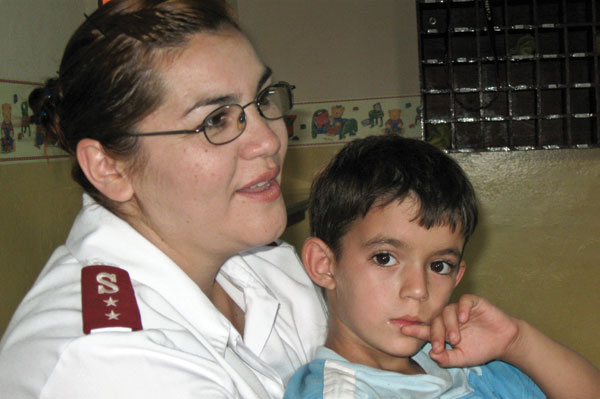
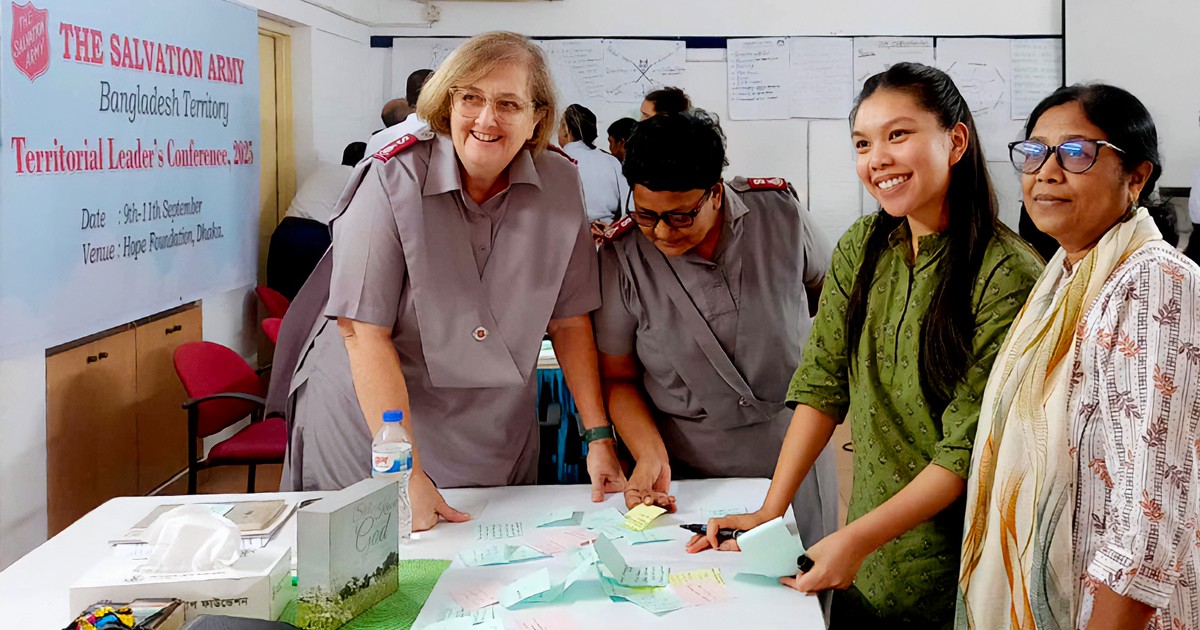

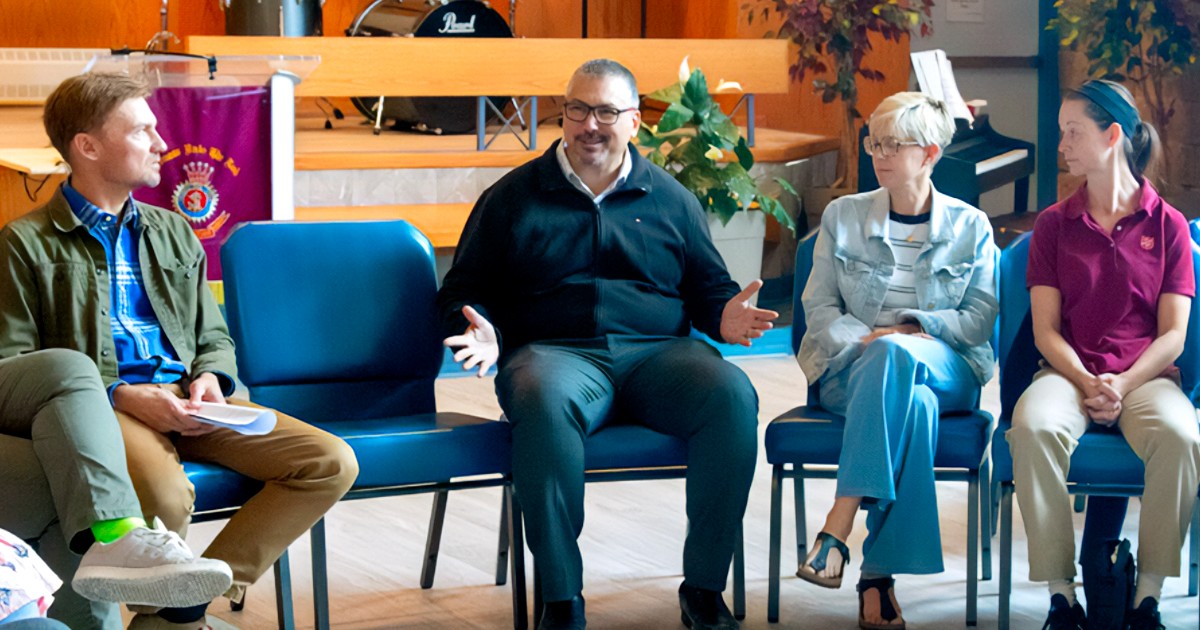


Comment
On Monday, February 13, 2012, Major John Gerard said:
Leave a Comment